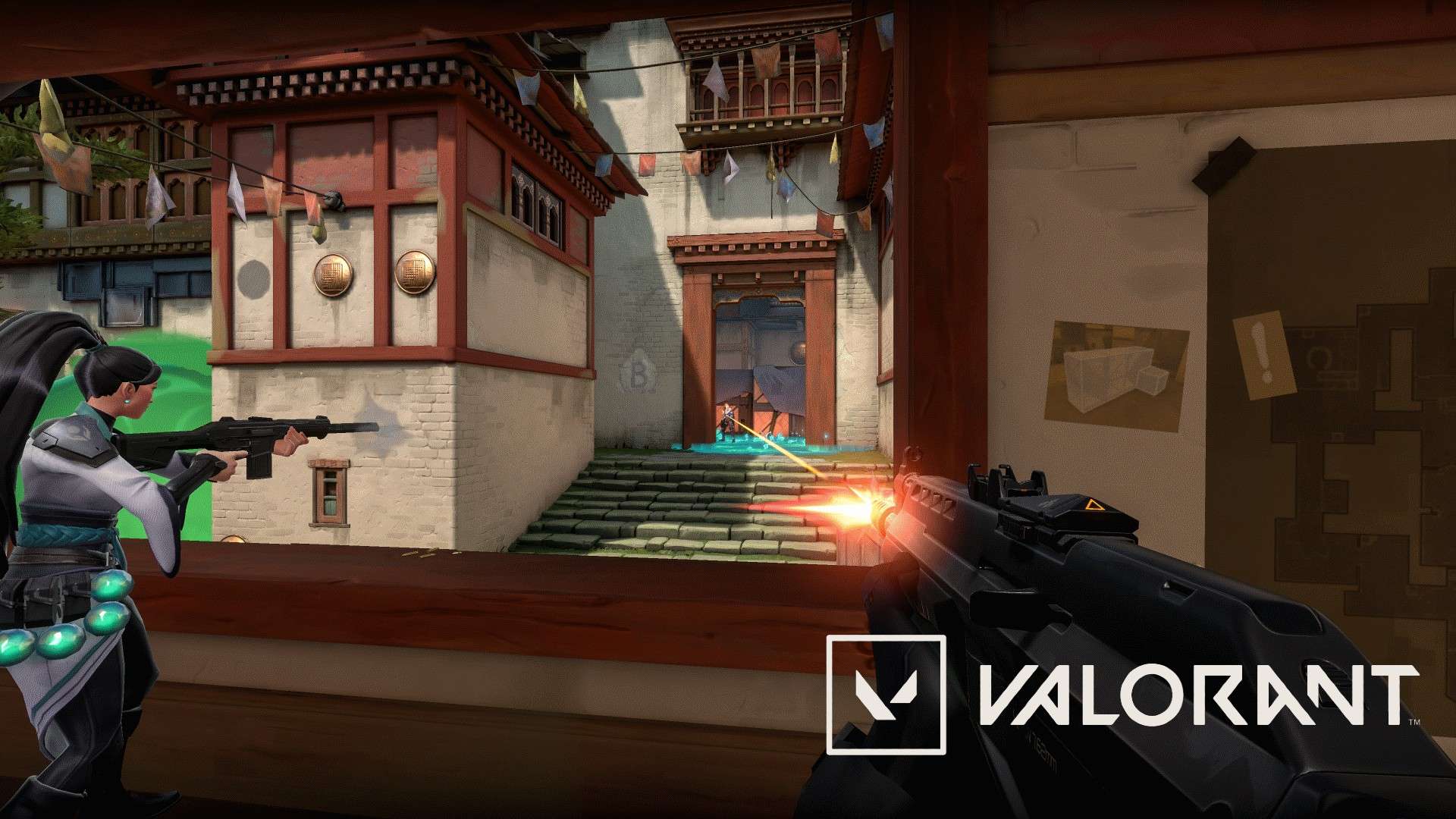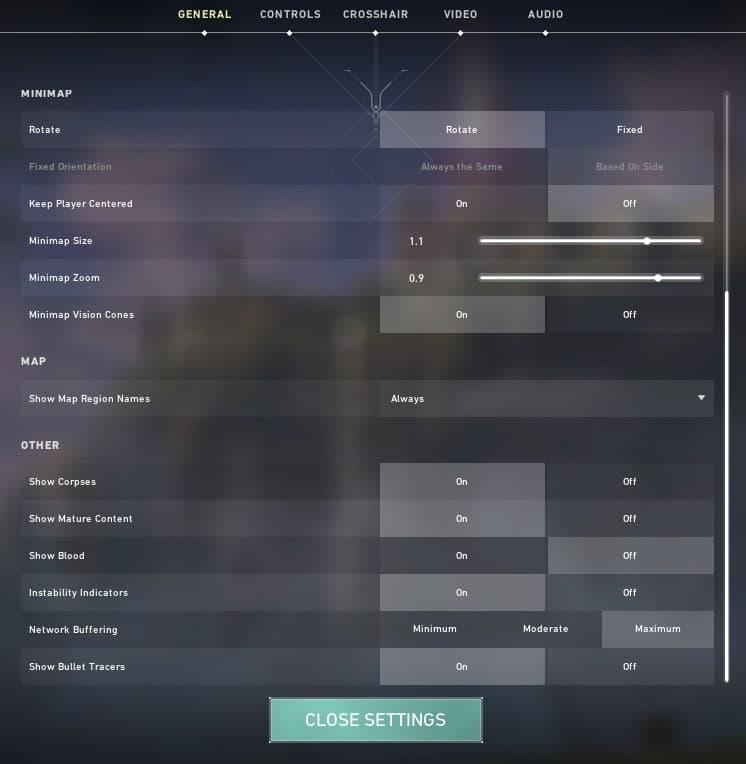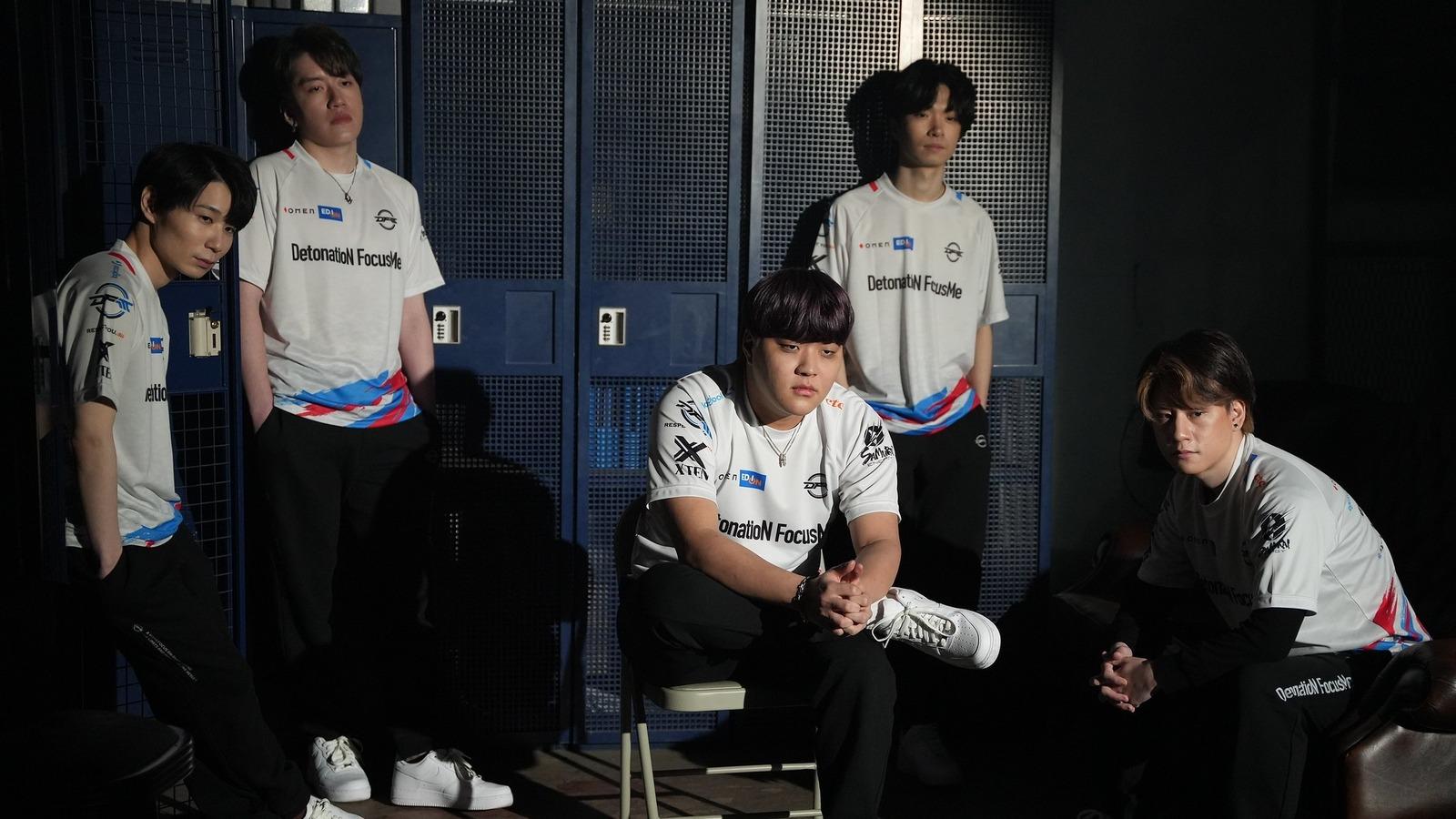Major Valorant netcode exploit lets players deliberately stutter in-game
 Riot Games
Riot GamesWhile Valorant’s 128-tick rate servers are loved by players, the netcode still has its flaws. Some of them are accidental, but with the flick of one setting, you can make your character stutter across the map with no impact to your own network performance.
Valorant got the one-up on its competitors right off the bat by announcing on its release it’d have a much-loved feature — 128-tick rate servers. The smoother experience would look to solve some of the hit registration problems games like CS:GO have on 64-tick or less.
However, since the game’s release, Riot have added a ‘Network Buffering’ setting. On the face of it, this option hidden in the General settings tab would give players a choice to add some network delay on their end if they are struggling with their internet connection.
 Riot Games
Riot GamesThe mere existence of the option has caught the attention of the community though. In a netcode analysis of Valorant, YouTuber Battle(non)sense discovered what the option actually did — and it could be exploited to gain an unfair advantage.
Instead of adding a network delay, like CS:GO’s interpolation settings, the Network Buffering straight up cuts the amount of files a player uploads to the server. This leads to stuttering not for the player, but for their opponents, which could catch players off-guard.
“When they change the setting, it causes their player model to stutter on my client. This setting doesn’t affect the animation smoothness of how they see other players, but how smooth their player model moves for everyone else,” Battle explained.
“When you choose the Moderate or Maximum Network Buffering setting, then it decreases how frequently your client sends data to the server. Fewer updates sent means your player model stutters for other players, and you have more network delay.”
While Battle admits that there’s pretty much no reason to swap off of minimum settings — inputs could be missed, for example — he said that the power for players to control how many packets they can send could lead to abuse down the line.
Topic starts at 6:26.
“The game should on its own be able to determine when the internet connection of a player cannot handle the default update rates, and then adjust them automatically.”
Riot are yet to address the issue, but it’s possible that the Network Buffering setting is currently a band aid solution to the problem. With Valorant still being a relatively fresh game, it could just be some time until Riot adds an automatic system and closes the loophole for abuse.



